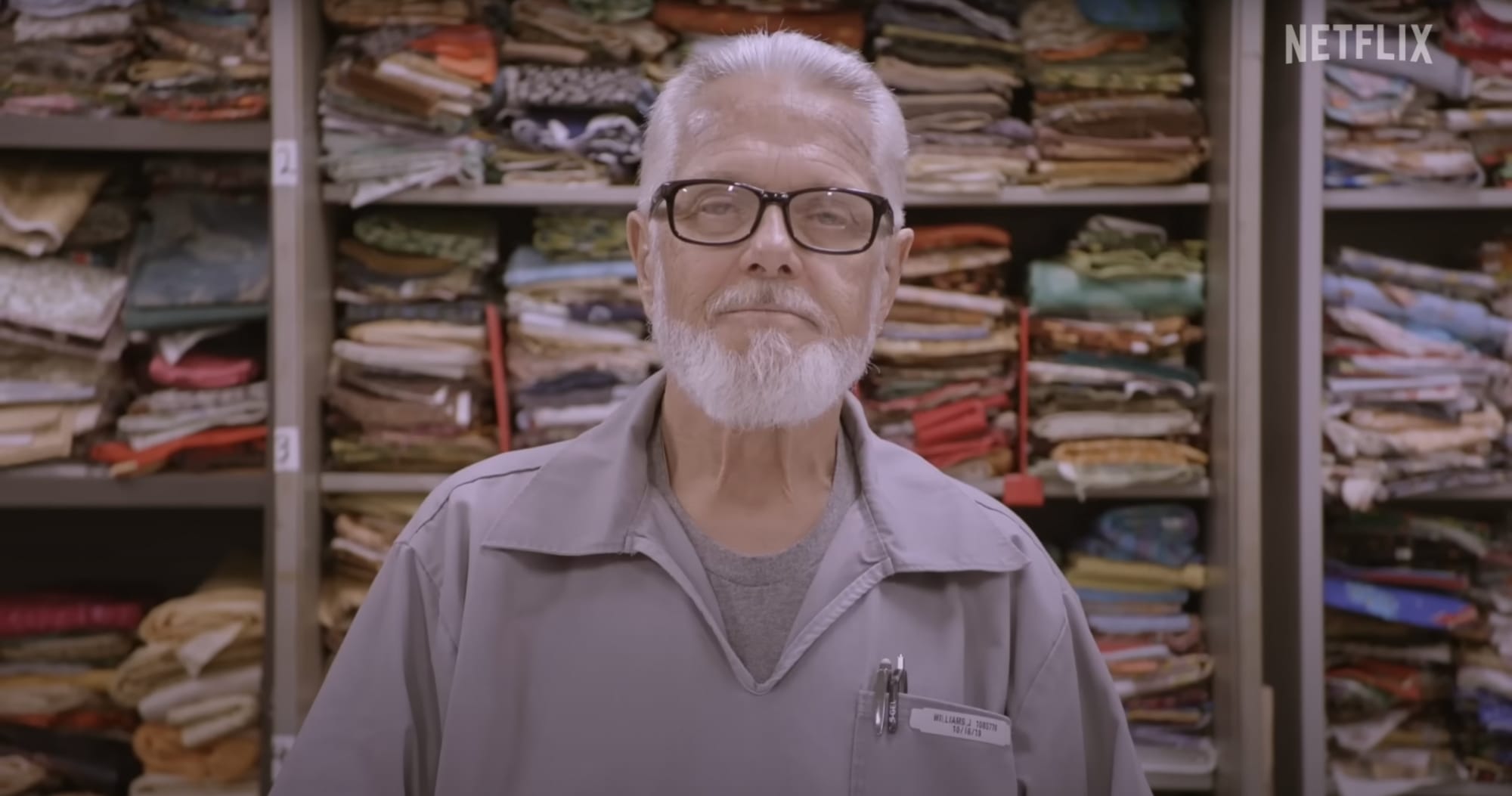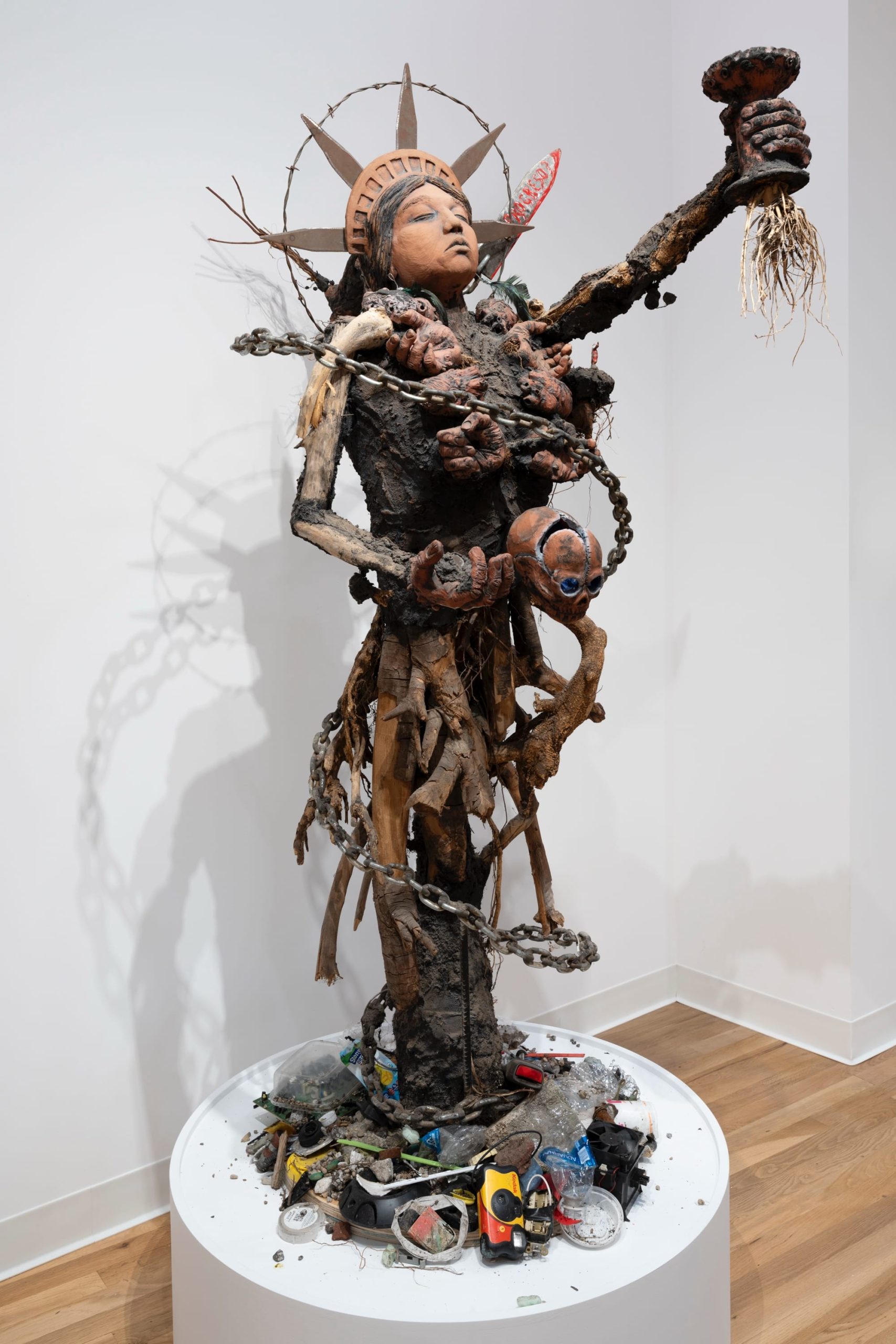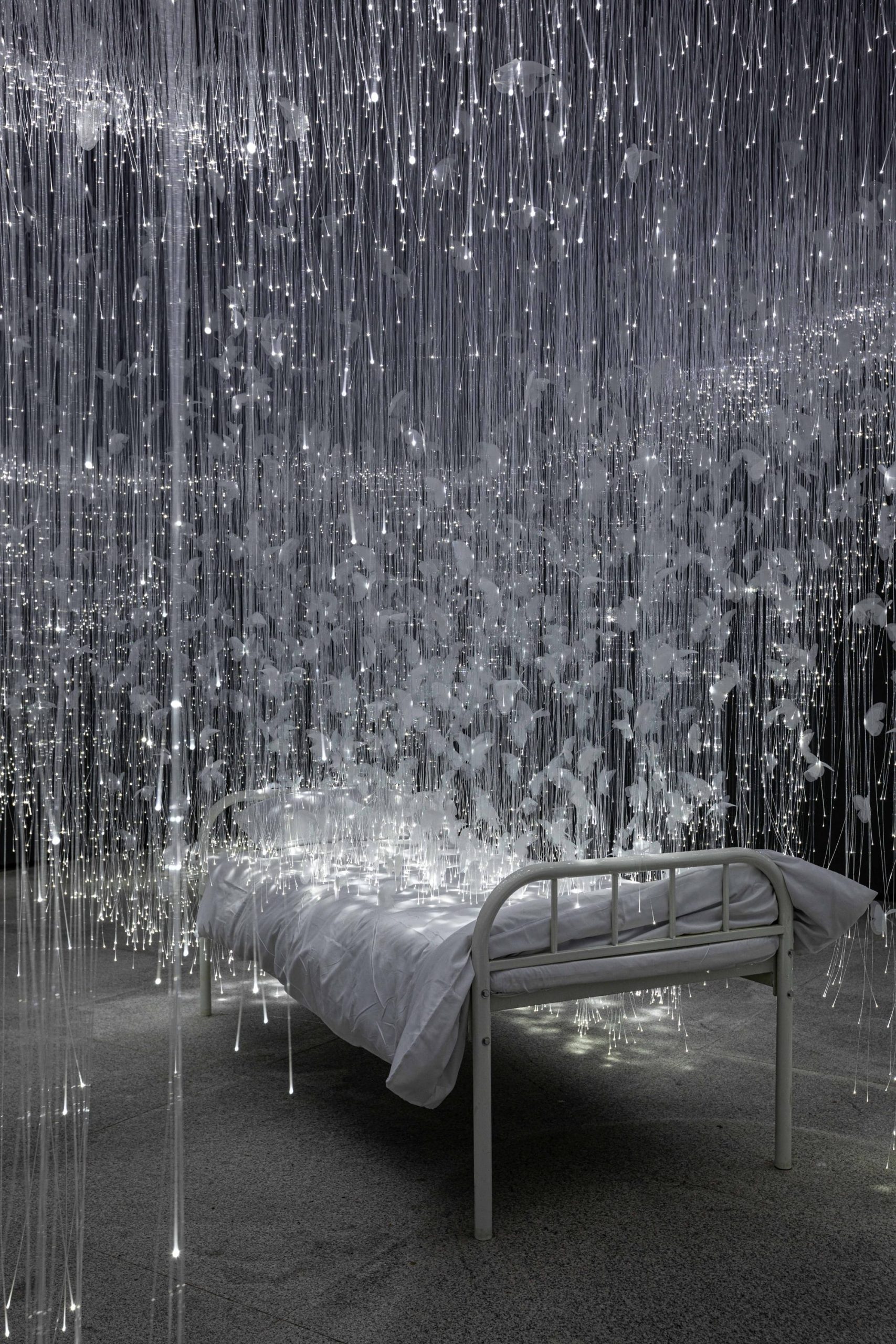The Role of Art in Mental Health and Well-being
Art has long been recognized for its profound impact on mental health and overall well-being. From providing a therapeutic outlet for expressing and processing emotions to promoting self-discovery and healing, the connection between art and mindfulness plays a crucial role in enhancing mental well-being. In this article, we will explore the various ways in which art serves as a powerful tool for improving mental health and fostering a sense of inner peace and balance.
Art as a Therapeutic Outlet for Expressing and Processing Emotions
Art has long been recognized as a powerful tool for expressing and processing emotions. Through various forms of artistic expression, individuals can delve into their innermost feelings and thoughts, creating a visual representation of their emotional state.
Whether it’s painting, drawing, sculpting, or any other creative medium, art allows individuals to externalize their emotions in a tangible form. This process can be incredibly cathartic, providing a sense of release and relief from pent-up emotions.
Furthermore, engaging in art as a therapeutic outlet can help individuals gain a deeper understanding of their emotions. By visually representing their feelings, individuals can gain insight into the root causes of their emotions and begin to process and heal from past traumas or experiences.
Art also provides a non-verbal means of communication, allowing individuals to express emotions that may be difficult to put into words. This can be particularly beneficial for individuals who struggle to articulate their feelings verbally, providing them with an alternative way to communicate and connect with others.
In addition to its therapeutic benefits, art can also serve as a form of self-care, allowing individuals to take time for themselves and engage in a relaxing and enjoyable activity. This can help reduce stress, improve mood, and enhance overall well-being.
Overall, art offers a unique and powerful way for individuals to express, process, and explore their emotions in a safe and creative environment.
The Power of Art in Promoting Self-Discovery and Healing
Art has the remarkable ability to serve as a powerful tool for self-discovery and healing. Through the process of creating art, individuals can delve deep into their inner thoughts and emotions, gaining insights into themselves that may have been previously hidden.
Art allows individuals to express their innermost feelings and experiences in a way that words often cannot. By engaging in the creative process, individuals can release pent-up emotions, explore their subconscious, and confront unresolved issues.
The Therapeutic Benefits of Art
- Art therapy provides a safe space for individuals to explore their emotions and experiences.
- Creating art can reduce stress and anxiety, promoting a sense of calm and relaxation.
- Artistic expression can help individuals process trauma and overcome emotional challenges.
Self-Discovery Through Art
Engaging in art can lead to profound self-discovery as individuals uncover aspects of themselves that were previously unknown. Through the act of creation, individuals may discover new talents, interests, and perspectives that contribute to their personal growth.
Healing Through Art
Art has the power to facilitate healing on a physical, emotional, and spiritual level. The act of creating art can be cathartic, providing a sense of release and relief from emotional burdens. Additionally, viewing and interpreting art created by others can evoke powerful emotions and insights that contribute to the healing process.
Overall, art serves as a transformative tool for promoting self-discovery and healing, offering individuals a unique and powerful means of exploring their inner selves and embarking on a journey towards personal growth and well-being.
The Connection Between Art and Mindfulness in Enhancing Mental Well-being
Art and mindfulness have a profound impact on mental well-being, offering a unique avenue for individuals to explore and cultivate their inner selves.
The Benefits of Mindfulness in Art
- Enhanced Self-Awareness: Mindfulness in art allows individuals to become more attuned to their thoughts, feelings, and sensations, fostering a deeper understanding of themselves.
- Stress Reduction: Engaging in mindful art practices can help reduce stress levels, promoting a sense of calm and relaxation.
- Improved Focus: By practicing mindfulness through art, individuals can enhance their concentration and focus on the present moment.
Art as a Meditative Practice
Creating art mindfully can be a meditative practice, guiding individuals to immerse themselves fully in the creative process and let go of distractions.
Emotional Regulation Through Art and Mindfulness
Art combined with mindfulness techniques can aid in regulating emotions, providing a healthy outlet for expressing and processing feelings.
Fostering a Positive Mindset
Engaging in art mindfully can help individuals cultivate a positive mindset, promoting self-compassion, acceptance, and gratitude.






